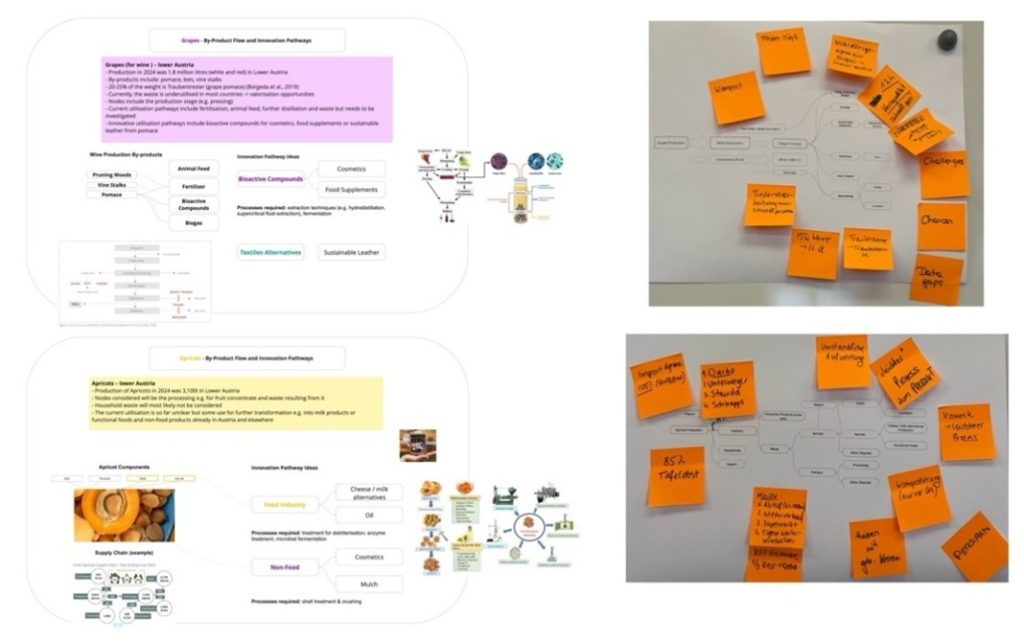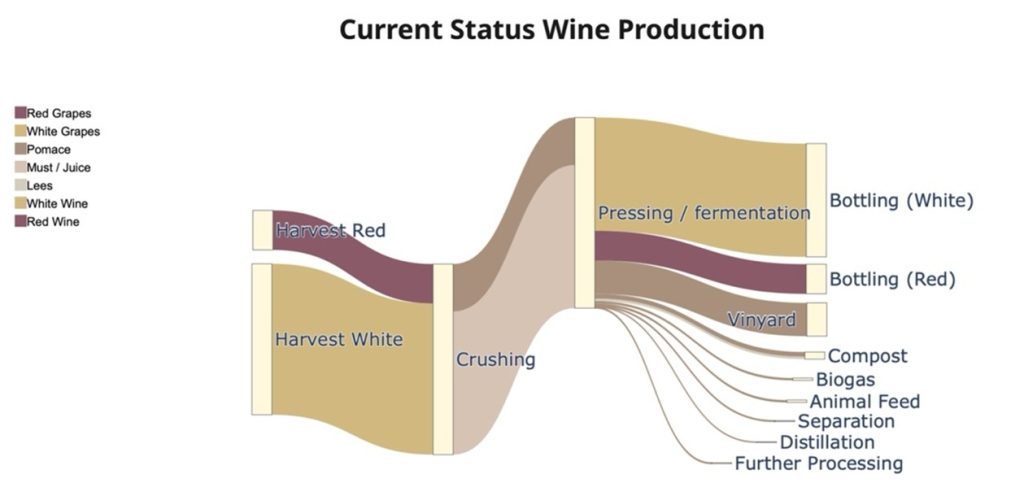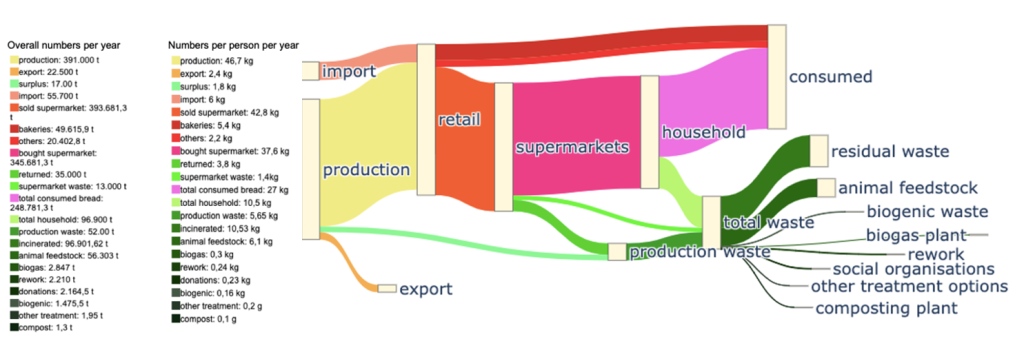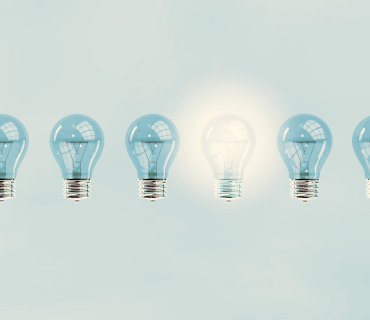Circular Bioeconomy Development
Restoring Life to Degraded Landscapes
Within RURBANIVE’s Regional Circular Bioeconomy Development domain, RUE#3 pioneers a data-driven approach to transforming waste into value. Across Europe, vast quantities of agricultural and food residues remain underused — a challenge that restricts regional self-sufficiency and accelerates environmental degradation. In response, the Austrian Rural-Urban Co-Creation Lab led by Alchemia-nova is creating a model for regional resource circularity, where residual biomass streams are mapped, visualised, and valorised through collaborative innovation. RUE#3 embodies the shift from linear production systems to regenerative loops, revealing how data, co-creation, and circular business models can anchor sustainable growth in both rural and peri-urban territories.
Mapping the Invisible: Data-Driven Resource Flow Analysis
The RUE introduces a systematic method to uncover how materials circulate within a region. The process begins with the collection and standardisation of data on biomass availability and use — spanning agricultural residues, food industry by-products, and organic waste from households and municipalities. These datasets are transformed into Sankey diagrams that visualise how matter moves between production, processing, consumption, and disposal. By making hidden flows visible, the diagrams highlight inefficiencies, losses, and potential synergies between rural suppliers and urban consumers.
To evaluate the most promising pathways for reuse, RUE#3 applies Multi-Criteria Resource Analysis (MCRA) — a decision-support framework that integrates environmental, social, and economic indicators. The method enables evidence-based prioritisation of innovation options, such as bio-based materials, composting, or biogas production, tailored to each region’s context. This analytical foundation is complemented by co-creation sessions that ensure proposed solutions reflect both scientific evidence and stakeholder priorities.
From Analysis to Action: Co-Creation and Innovation Pathways
RUE#3 translates its analytical insights into innovation pathways — concrete scenarios for transforming identified residual streams into valuable resources. Early prototypes have focused on:
- Wine-production residues repurposed for energy or material uses.
- Stale bread streams redirected toward fermentation or livestock feed.
- Used cooking oils evaluated for biofuel potential.
Through participatory workshops, stakeholders jointly explore feasibility, scalability, and environmental benefits of each pathway. The outcome is not merely a report but a shared roadmap for local businesses, municipalities, and knowledge actors to collaborate on implementing circular solutions. Alchemia-nova’s facilitation ensures that technical complexity remains accessible: visual mind maps, interactive sessions, and simple flow illustrations help participants grasp how resource loops close in practice. This human-centred, transparent process turns abstract sustainability goals into tangible regional opportunities.
Empowering Regional Circularity
The ambition of RUE#3 is to establish a regional data and resource exchange hub capable of continuous learning and replication. The platform being developed integrates AI-assisted analytics to update material flow data and provide recommendations for future circular initiatives. In doing so, it bridges the gap between research and practice, helping local administrations and small enterprises make informed decisions about waste management, energy planning, and industrial symbiosis.
Beyond its analytical tools, RUE#3 promotes a cultural shift: encouraging communities to perceive waste not as a burden but as a renewable input for regional prosperity. This shift underpins RURBANIVE’s wider objective of creating well-being economies that thrive on cooperation between rural producers, urban innovators, and environmental custodians.
Expected Outcomes and Impact
By the project’s later stages, RUE#3 will deliver:
- A geo-referenced dataset and visual dashboard of biomass streams for the pilot region.
- Validated innovation pathways with tested material flow scenarios.
- Transferable methodological guidelines enabling replication in other EU regions.
- Enhanced cross-sector collaboration between rural resource holders and urban technology providers.
- Evidence of reduced waste generation and improved resource efficiency at regional level.
Through these outcomes, the RUE demonstrates that circular bioeconomy development can be simultaneously scientific, participatory, and economically viable.
Integration within RURBANIVE
RUE#3 feeds directly into the RURBANIVE Community Store, where its datasets, tools, and visual templates will be available as open resources. It also provides a model for the Open Call sub-projects working on circular economy topics, illustrating how to combine data intelligence with participatory governance. By mapping material flows and building shared understanding, this enabler helps RURBANIVE achieve its central mission: turning knowledge into circular action and re-connecting territories through the responsible use of resources.









